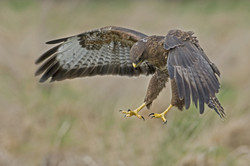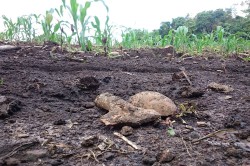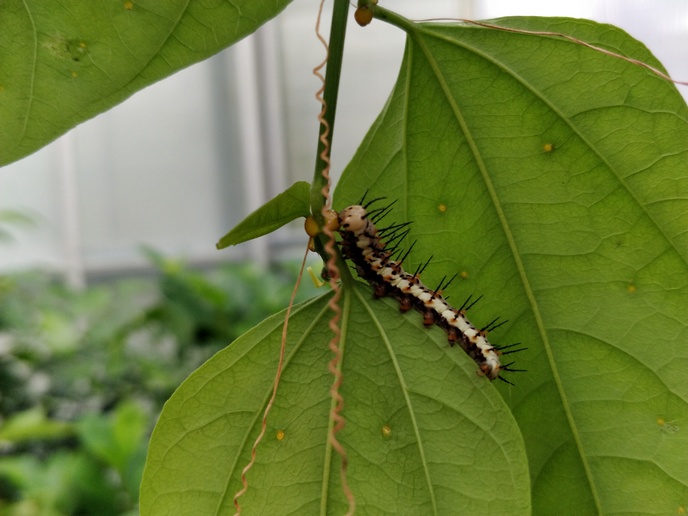Colour clue to fitness in Buzzards
The FITNESSGENES(opens in new window) (The origin of fitness: Tracing individual fitness differences to genetic variation in a wild bird population) project explored the molecular basis behind these differences in plumage colour and other factors connected with the bird's survival. Researchers wing-tagged nearly 500 chicks so they could be identified by members of the public as well as the project team. With the help of the citizen science project it was found that buzzards re-sighted near the nest were more likely to be dark or intermediate. Following analysis of the three genes responsible for circannual rhythms, like migration, there appeared to be a link between gene ADCYAP1 variability and migration timing. The team also marked the effect of hormones. Corticosterone levels affected sex and hatching date. Furthermore, levels of ectoparasite infestation had an impact on response to stress, as would be expected. Using a new method developed by the project for RNA analysis, close genetic links were apparent with the chicken, zebra finch and wild turkey. There was also close similarity with the malarial parasites Plasmodium, due to the presence of the malaria-like parasite Leucocytozoon buteonis. FITNESSGENES analysed the genetics of the parasite to shed light on its transmission pattern. The parasite was discovered to be far more common in the dark morph. Chicks of dark mothers showed a stronger reaction to antibodies, indicating the important role played by mothers in defending against parasites. Moreover, the maternal morph had a significant influence on parasite load and genotype as the infection was obtained from the mother, not the father. The researchers believe that this was because the male was rarely in the nest. An integrated database helped to collate information on the influence of environment on gene expression and will also contribute to future studies. It was the first such resource for the large group of birds of prey known as Accipitriformes, which includes most birds of prey, except owls and falcons. In addition, genes linked to important survival traits were highlighted. Project work helped reveal the basic principles underlying fitness in a wild bird population. Researchers identified factors at the genetic, physiological and environmental levels that had the ability to influence an individual's fitness and therefore possessed the potential to affect the future population. FITNESSGENES heightened awareness in members of the public through involvement in a citizen science initiative. It will also contribute to more applied research on the spread of wild life diseases.







